Scientists in Florida celebrated a significant milestone this week, marking a Florida sparrow endangered species success. They released the 1,000th Florida grasshopper sparrow into the wild.
This small bird, only 5 inches tall, had become critically endangered due to severe habitat loss. By 2015, the population had dropped to alarmingly low levels. Authorities responded by moving the remaining breeding pairs into captivity, hoping to reverse the decline.
The release of the 1,000th sparrow shows that the population is now growing and stabilizing. Researchers are optimistic about the bird’s future.
This milestone is a testament to the success of the conservation program and offers hope for the ongoing recovery of this endangered species.
Captivity Saves Sparrows
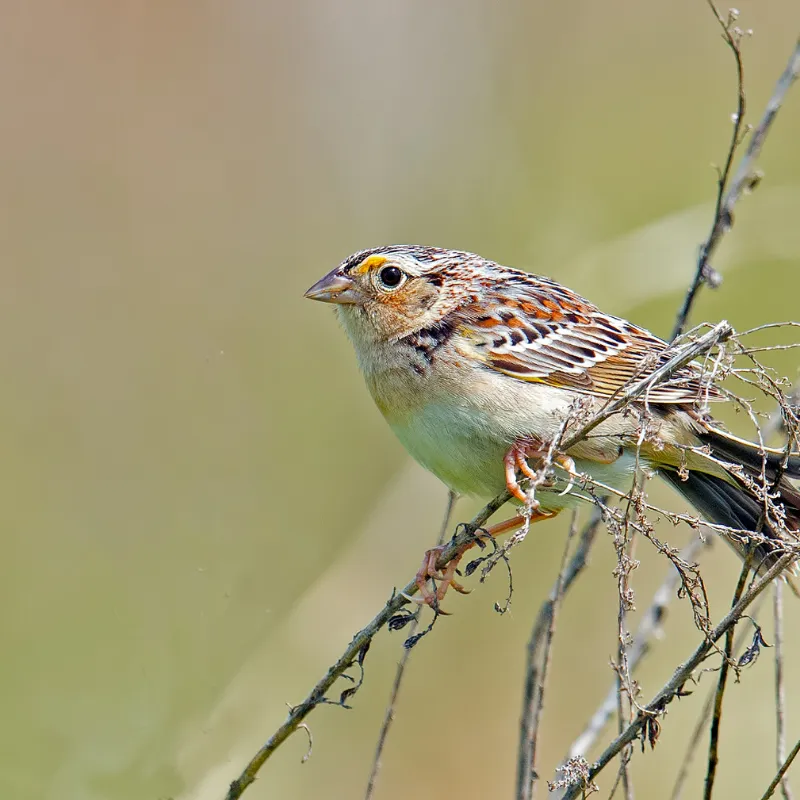
In 2015, the Florida grasshopper sparrow population dwindled dangerously. Habitat loss was the main cause. Experts decided to take breeding pairs into captivity. This move aimed to control and boost their numbers.
The controlled repopulation program started in 2019. This program has been a key factor in the Florida sparrow endangered species success.
Adrienne Fitzwilliam, lead sparrow research scientist at the FWC’s fish and wildlife research institute, stated, “The recovery and release program diverted the extinction of the Florida grasshopper sparrow.”
The decision to remove breeding pairs into captivity was not easy. There was a lot of anxiety about whether it was the right choice. However, the positive results have shown that the move was beneficial.
Fitzwilliam added, “The fear was we might just be expediting their demise by bringing in proven breeders, so to see these birds making it in the wild, breeding with wild birds and other release birds, and their offspring going on to breed, has just been incredibly rewarding.”
Sparrows Thriving In The Wild
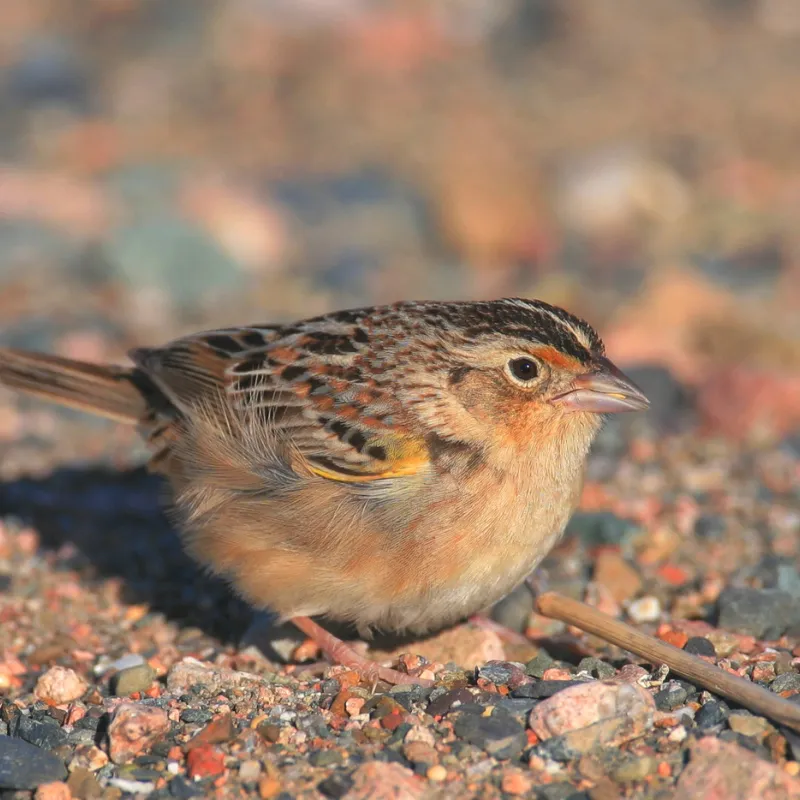
Birds are released in batches at about 40 days of age. “Birds are released in batches at about 40 days of age and,” Fitzwilliam said, “quickly set about setting up their ‘territory.’”
Observers monitor the newly freed birds at various sites. They use binoculars and lawn chairs to watch the sparrows. This careful monitoring helps ensure the birds are adapting well to their natural habitat.
At the Avon Park military range, researchers recorded 16 nesting pairs and 30 singing males this year. This site is south of Orlando.
At Three Lakes wildlife management area, once home to only 11 pairs, observers now find 40 pairs and 68 males. The breeding season is still ongoing, and they expect more pairs to be recorded.
Fitzwilliam mentioned, “These numbers mean released birds successfully survive, breed and raise young in the wild, which is a huge success. It has diverted extinction and allows partners to research possible landscape-level solutions.”
Future Looks Bright
The Florida sparrow endangered species success program has restored hope. Scientists are researching ways to protect and grow the sparrow population. They are studying land management practices, including roller chopping.
This practice prepares land for controlled burns and helps native grasses grow faster. These efforts aim to create a more suitable habitat for the sparrows. “There’s not that much prairie left for these birds,” Fitzwilliam said.
The program partners include Audubon, White Oak Conservation, and the Fish and Wildlife Foundation of Florida (FWF). These partners are exploring beneficial land management practices.
Andrew Walker, FWF president and chief executive, said, “These little birds represent a big beacon of hope that our commitment, partnership and holistic approach can save vulnerable wildlife from the brink of extinction.”
The efforts to save the Florida grasshopper sparrow are a testament to what can be achieved through dedication and teamwork.
This is a significant achievement. It shows that dedicated efforts can save endangered species. The Florida grasshopper sparrow, once on the brink of extinction, now has a brighter future.
The recovery program offers a model for other conservation efforts. It proves that even the most endangered species can be brought back from the brink.



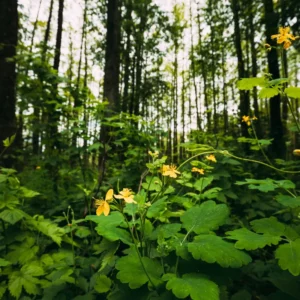

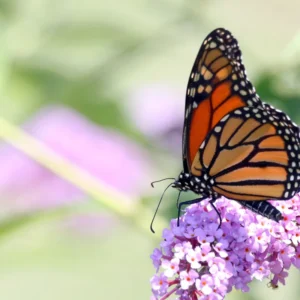
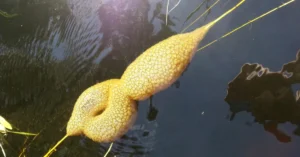
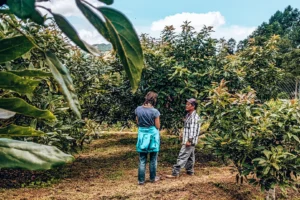
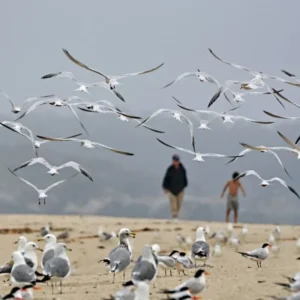


21 thoughts on “Florida Sparrow Endangered Species Success Brings Hope For Future”
Just saw the piece about the Florida sparrows and it’s literally making my day brighter. So cool to see them bouncing back! Who knew roller chopping could be key? Nature is full of surprises. Way to go, team! And Julia, your writing is the cherry on top, making science sound like an adventure.
Interesting point about roller chopping. Does anyone know if this affects other species too? Could be a double-edged sword.
I’ve read that roller chopping helps with habitat restoration by promoting the growth of plant species that are beneficial for sparrows. It’s all about balance.